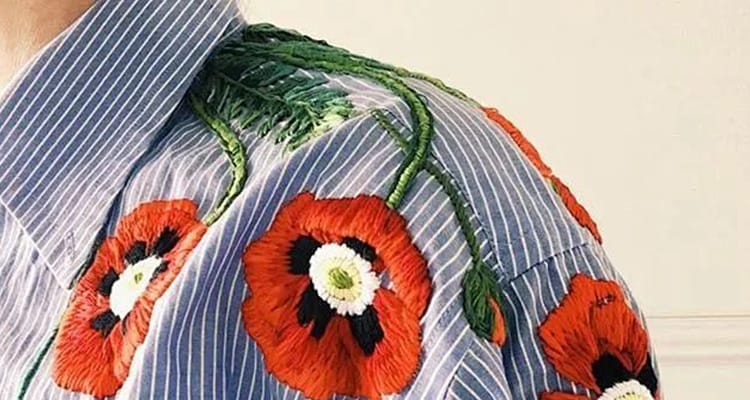From silence to rhythm
Under the empowerment of technology, traditional embroidery threads have broken free from the constraints of static expression, transforming into dynamic, responsive, and even vocal art media, ushering in a profound transformation of visual perception. Smart embroidery machines, electronic embroidery threads, and interactive technologies are endowing silk threads with unprecedented vitality and expressive dimensions.
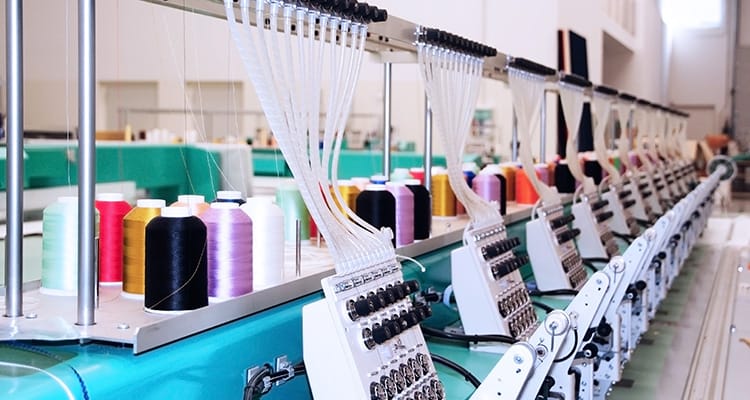
Technology has injected the possibility of dynamic expression into embroidery threads, transcending the limitations of manual craftsmanship.
Creating extremely complex, repetitive, or gradient large-scale patterns with high precision and speed, its fineness and regularity are unmatched by pure handwork, showcasing the unique rhythmic beauty of machine embroidery.
Chinese artist Zhang Zhoujie’s interactive installation “Mesh Motion” (or similar explorations). The work ingeniously integrates sensors (such as pressure and proximity sensors) into a large-scale embroidery installation. When the audience approaches or touches a specific embroidery area, the sensors capture the signal, triggering changes in light and shadow, color, or brightness and darkness from the optical fibers or LEDs embedded in the embroidery threads, as if the work is “breathing” in interaction with the audience.
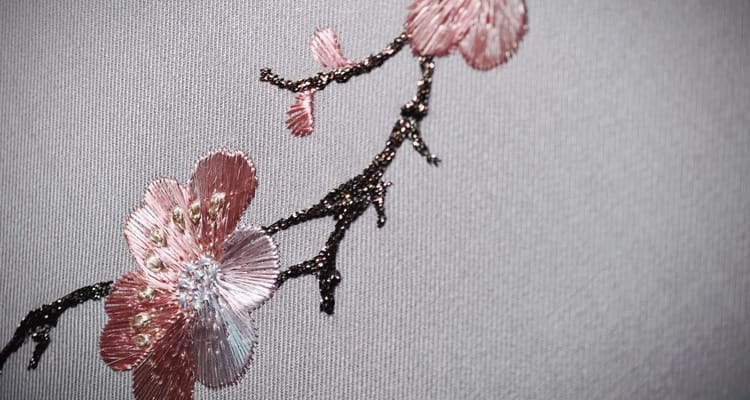
Technology breaks the single visual appreciation mode and creates an immersive experience of multi-sensory integration.
Artists can embed micro flexible speakers or touch audio chips into restored or newly created embroidery works. When the audience touches the area embroidered with a specific city map or symbol (triggered by a touch sensor), the device will play pre-recorded ambient sounds of that location (such as market hustle, church bells, and sea waves), enabling the “hearing” of the memories carried by the patterns.
Although not directly embroidered, its concept is transferable: artists design wearable biosensors (such as heart rate and skin electric sensors) to collect emotional data (calm/excitement) from the audience. These data are converted into control signals in real-time, driving embroidery threads (such as thermochromic threads, shape memory alloy threads) or light sources connected to them to change color, shape, or brightness, transforming invisible inner fluctuations into visible silk thread “emotional landscapes”.
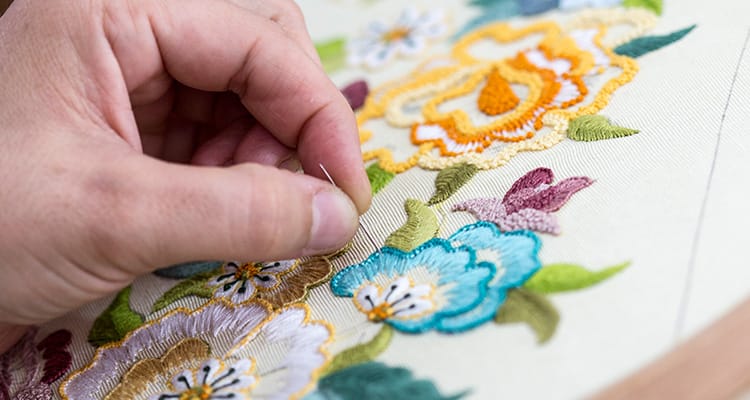
Technology does not replace manual labor, but expands expression and highlights the unique value of manual labor.
Designer Iris van Herpen’s haute couture fashion. She often collaborates with scientists and programmers. Designers can use AI algorithms, such as Generative Adversarial Networks (GANs), to analyze a large number of traditional patterns or natural forms and generate new, futuristic embroidery pattern drafts. These digital design drafts are then crafted by an experienced team of embroidery artisans, using suitable traditional or innovative materials (such as laser cutting materials, 3D printing elements combined with silk threads), and achieved meticulously by hand, blending the ingenuity of algorithms with the warmth of handmade craftsmanship.
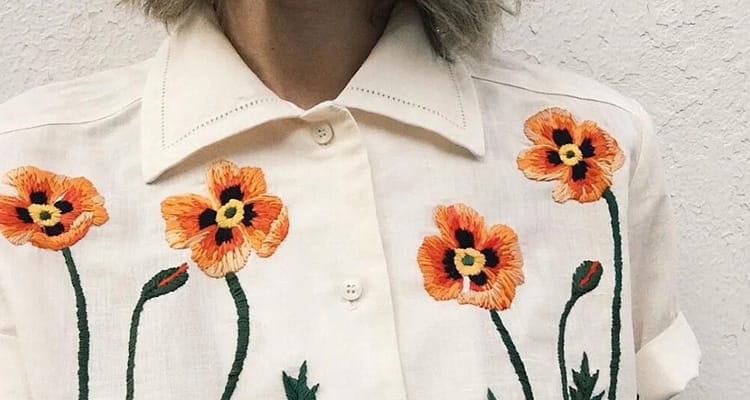
With the support of technology, embroidery thread has evolved into a comprehensive medium for transmitting energy, information, and emotions.
Data visualization artist projects (such as Refik Anadol style embroidery attempts/or Xin Liu’s extension of the “Living Distance” concept). Artists can convert specific datasets (such as weather data, population movements, social media emotions) into embroidery paths and color schemes through algorithms. Large CNC embroidery machines embroider based on these “data maps”, using different colors, densities, and directions of stitches to transform abstract data into concrete, touchable fabric information maps. Chinese artist Miao Xiaochun’s “Endless” series or a Chinese artist exploring technological embroidery may also have practical experience in transforming complex digital models into physical embroidery.
Weaving the visual language of the future
The integration of technology and embroidery thread is not only an innovation in craftsmanship, but also a revolution in artistic expression. It forges a future visual language that blends precise logic with human warmth, crosses sensory boundaries, and reaches deep into the soul. At the junction of binary and flesh and blood, ancient embroidery threads tenaciously connect the two worlds, weaving infinite possibilities of artistic landscapes and continuously imbuing humanity’s pursuit of beauty with the halo of the times.

